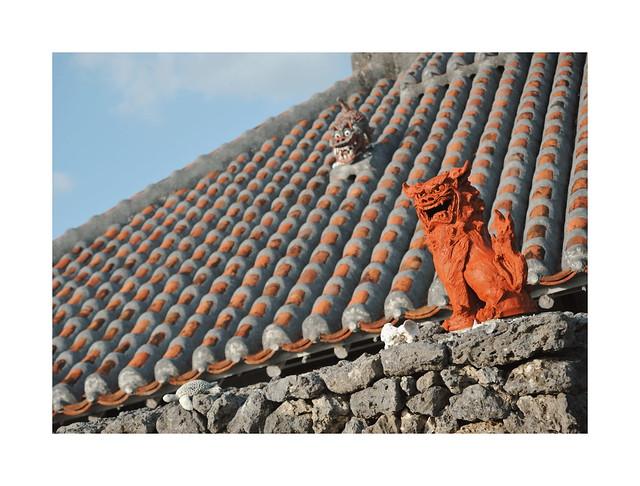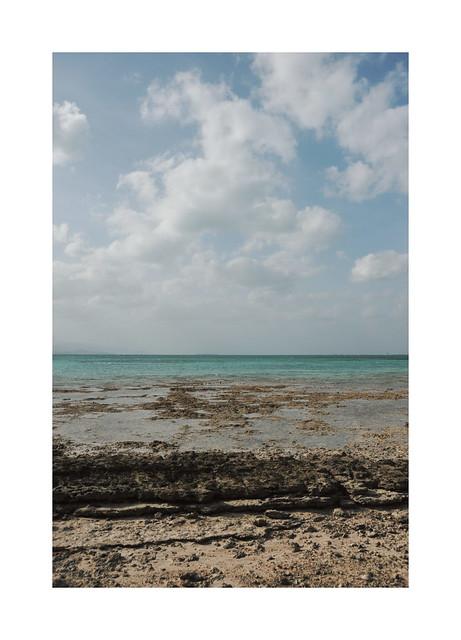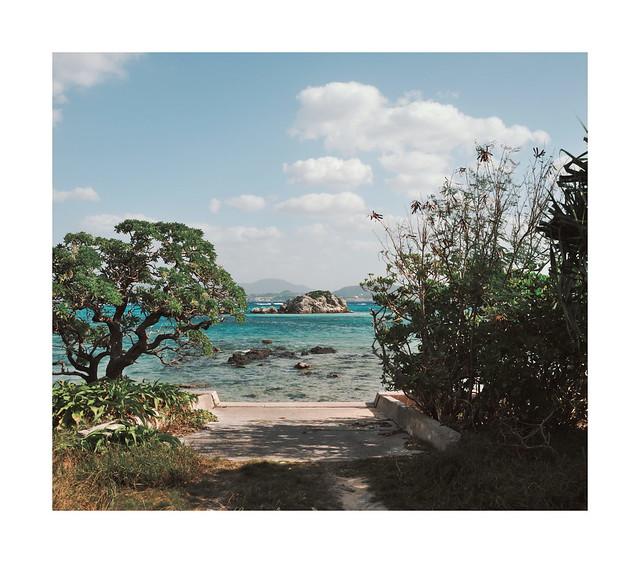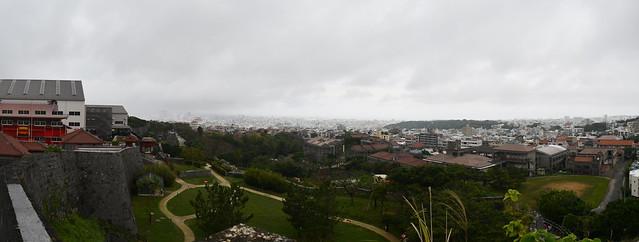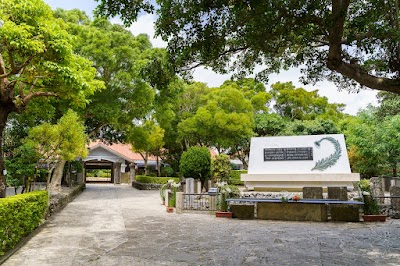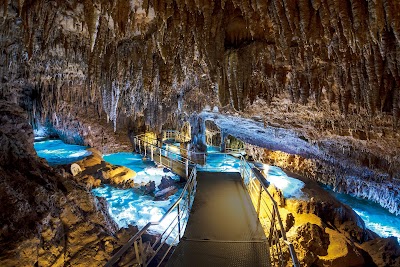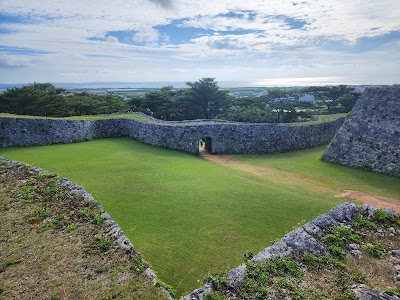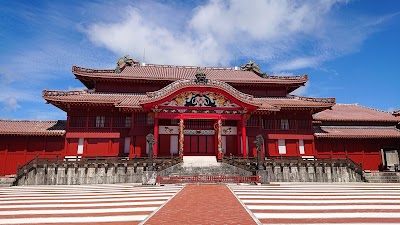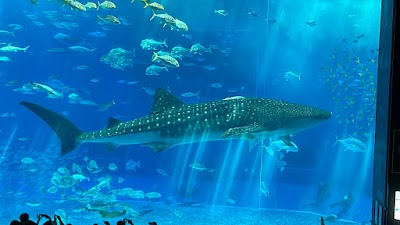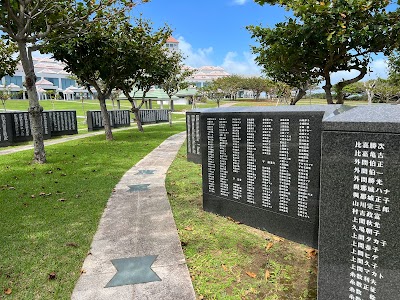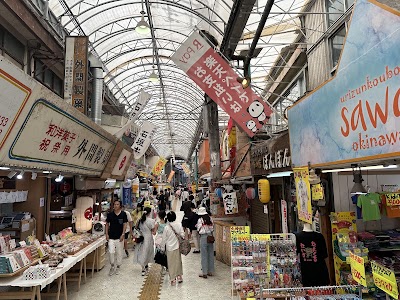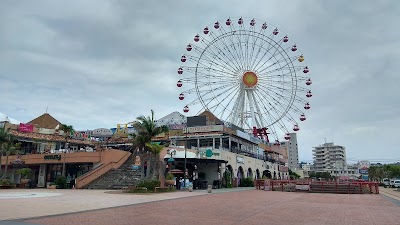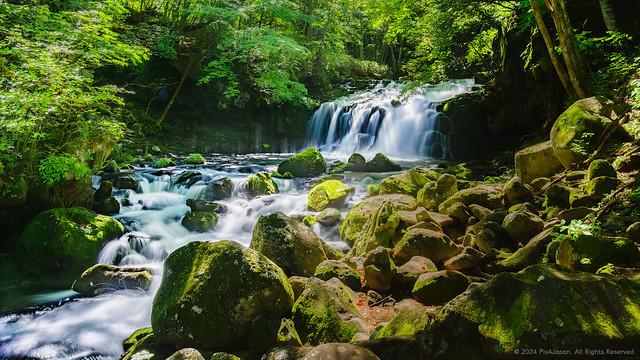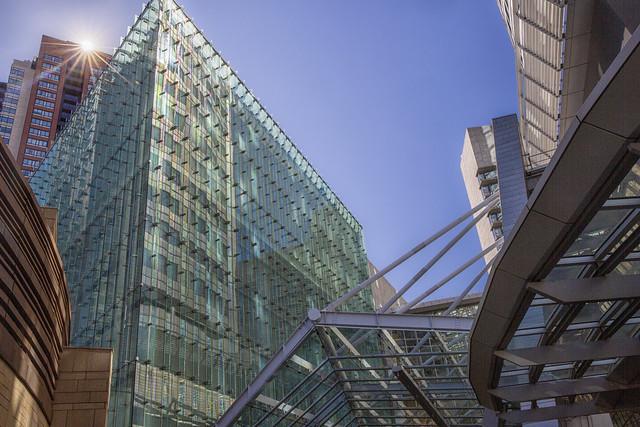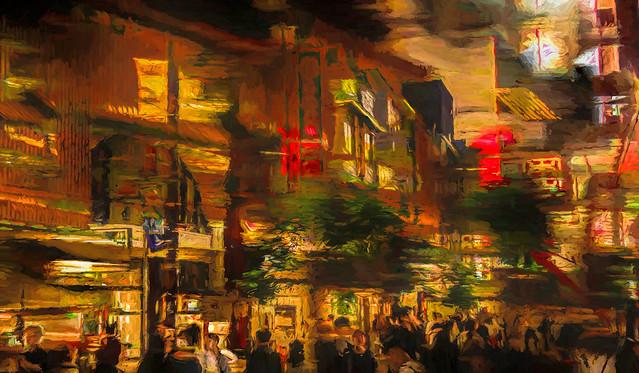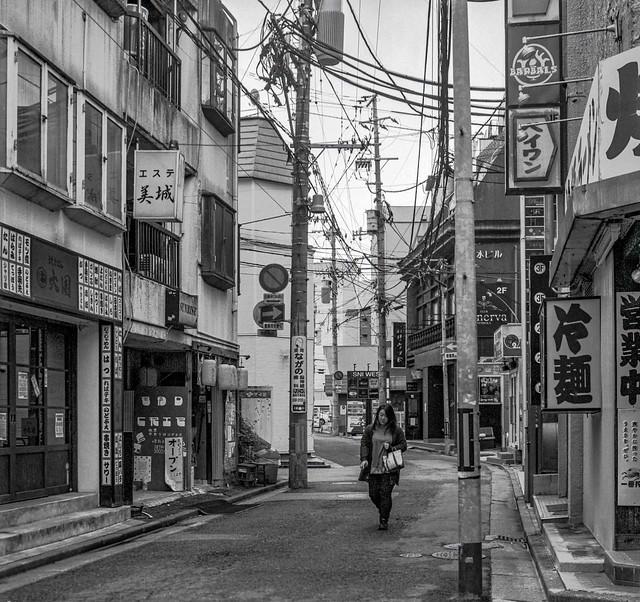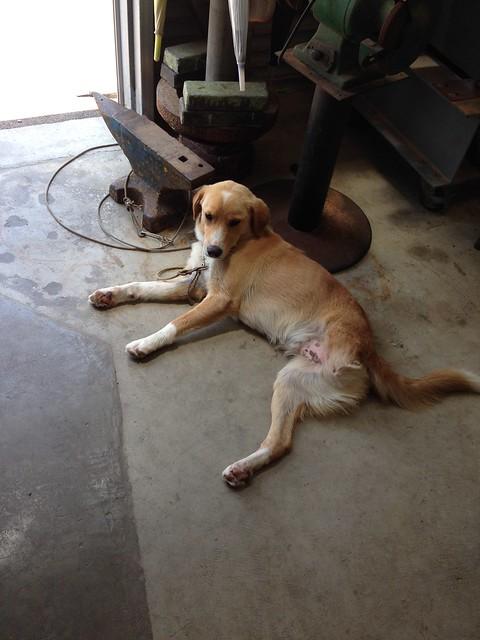Okinawa Prefecture
Overview
Okinawa Prefecture, located in the southernmost region of Japan, is a unique blend of stunning natural beauty, rich history, and vibrant culture. Unlike the rest of Japan, Okinawa has a distinct Ryukyuan culture which includes its own language, customs, and cuisine, heavily influenced by its historical trade relationships with China, Southeast Asia, and the Pacific. The islands offer picturesque landscapes, from the pristine beaches with crystal-clear waters to lush forests and coral reefs. Okinawa is also known for its World War II sites and memorials, providing a profound historical perspective. This region is celebrated for its longevity, with a population that boasts one of the highest life expectancies in the world, attributed to the local diet and lifestyle.
The high season for tourism in Okinawa is during the summer months, from June to August, when the weather is warm and sunny, perfect for exploring the beaches and engaging in water sports such as snorkeling, scuba diving, and surfing. However, this period can also be quite humid and is prone to typhoons. Another popular time to visit is from late March to early April when the cherry blossoms bloom, offering a breathtaking sight unique from the rest of Japan where blossoms bloom earlier. The subtropical climate makes for a warm winter, providing a year-round destination for tourists, though the best weather is typically from October to May, avoiding the peak of the rainy season.
Before traveling to Okinawa, it's essential to prepare adequately to ensure a smooth experience. Travelers should pack light, breathable clothing due to the humid climate, along with a good sunscreen, sunglasses, and a hat to protect against the strong sun. Understanding basic Japanese phrases or having a translation app can be very helpful, as English is not widely spoken outside the main tourist areas. Additionally, arranging for local currency (Japanese yen) in advance is advisable, as cash is still commonly used, especially in smaller establishments and remote areas. Lastly, familiarizing oneself with local customs and etiquette will go a long way in enriching the travel experience and interacting respectfully with the locals.
How It Becomes to This
History not available
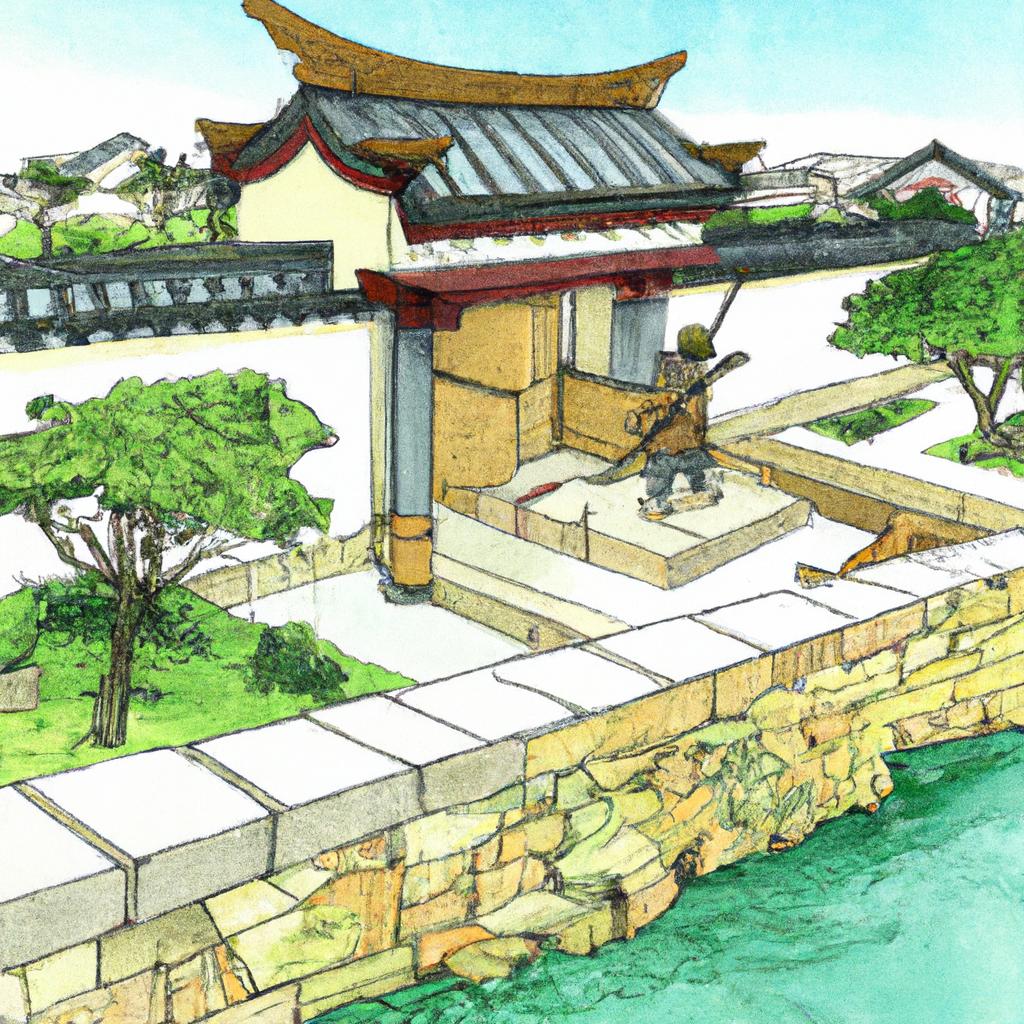
Places in Okinawa Prefecture
Explore the most popular attractions and landmarks
You May Like
Explore other interesting states in Japan
Discover More Area
Delve into more destinations within this state and uncover hidden gems.


